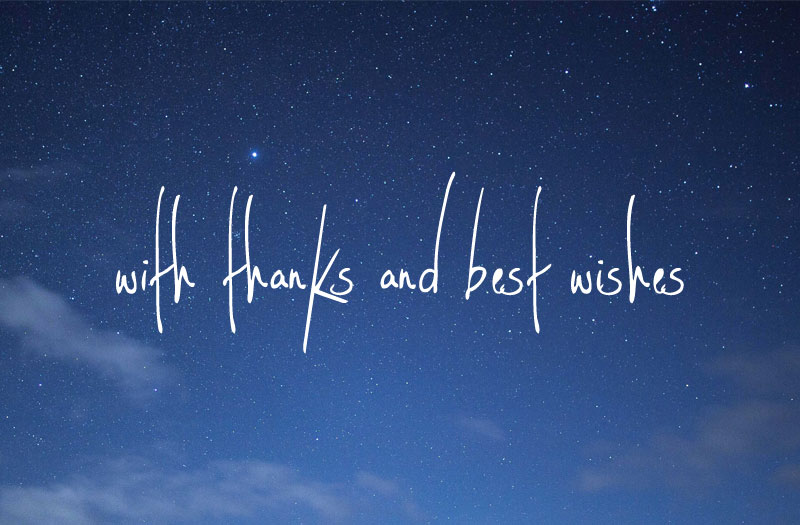 Perhaps it is a quirk—or maybe a perk—of the job, but you’ll find that editors ask a lot of questions. We must, if we are to understand what writers are trying to say and to help them in the best possible way. Many of these questions concern the text and the author’s intentions, but there are others that whisper more insistently in the adytum of our minds.
Perhaps it is a quirk—or maybe a perk—of the job, but you’ll find that editors ask a lot of questions. We must, if we are to understand what writers are trying to say and to help them in the best possible way. Many of these questions concern the text and the author’s intentions, but there are others that whisper more insistently in the adytum of our minds.
One of these, inevitably, is how much is too much when it comes to the extent of our editing?
It’s a question I guess most editors will ask at some point in a project. It’s certainly one that I ponder often. This may have something to do with the type of manuscripts I edit, but it may also relate to my approach as an editor. It could be that I engage more directly with a document than some of my colleagues. If I see how a piece of writing could be improved, my inclination is to do it; always keeping in mind, of course, the importance of maintaining the author’s voice.
But truthfully?
Those improvements I make are based on my personal perspective. Even with seemingly straightforward matters like sentence structure and punctuation (which are never really that simple), another editor may view the whole thing differently and edit accordingly. It’s the nature of the work. Editing is interpretative, creative and subjective, all of which makes it difficult to answer that nagging question of quantity.
I have been fortunate that none of my clients have so far expressed any anguish about the approach I have taken with their writing. It is possible they are all polite enough to keep any dark mutterings to themselves, but it is just as likely that I have not interpreted any comments I have received from them as complaints, simply because I believe it is part of the editing process to engage in a constructive dialogue in order to achieve the desired result.
In practice, that means I will ask if it is okay to proceed before proposing any major revisions. I explain my intentions as well as my actions to my clients, and I expect them to inform me of any concerns they may have. If a client does express doubt or suggest some other solution, I adapt my approach.
What tells me how deep and how far I can go?
The answer is trust.
I trust in my insight and expertise as an editor. I trust in my ability to communicate clearly and sensitively with my clients. And I trust my clients to tell me if and when they need me to soften—or strengthen—my intervention.
Although it occupies my mind, the funny thing about all this solicitude over the depth and extent of my editing is that it is actually immaterial, because in the end, the choice is always yours. Or rather, it is a decision we reach together.
That’s one thing you can trust. Between us, we will find your writing’s sweetest and most fluent rhythms. We will divine its brightest shape and clearest tone. We’ll get it to the form and place it needs to be.
And you can be absolutely assured that I will ask you many, many pesky questions along the way.
Have you ever been uncomfortably over-edited? Do you get frustrated by your editor’s endless questions? And be honest now: have you ever encountered the word “adytum” before?
 There is a saying that good editing is invisible. Since my
There is a saying that good editing is invisible. Since my  Friendly and professional. That’s what I am to be in my business. In my interactions with clients and the care I give to my work, I am guided by those two qualities. However, despite my best intentions, it is not always possible for me to embody them.
Friendly and professional. That’s what I am to be in my business. In my interactions with clients and the care I give to my work, I am guided by those two qualities. However, despite my best intentions, it is not always possible for me to embody them. I’ve said it before. I’ll say it again. There are many things I love about my job.
I’ve said it before. I’ll say it again. There are many things I love about my job. 